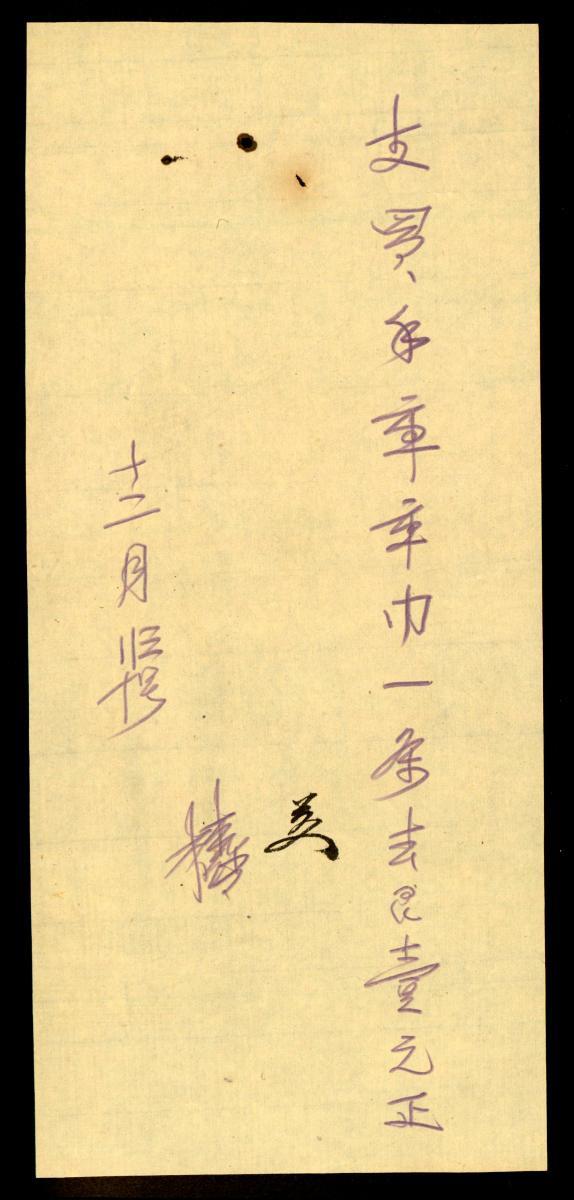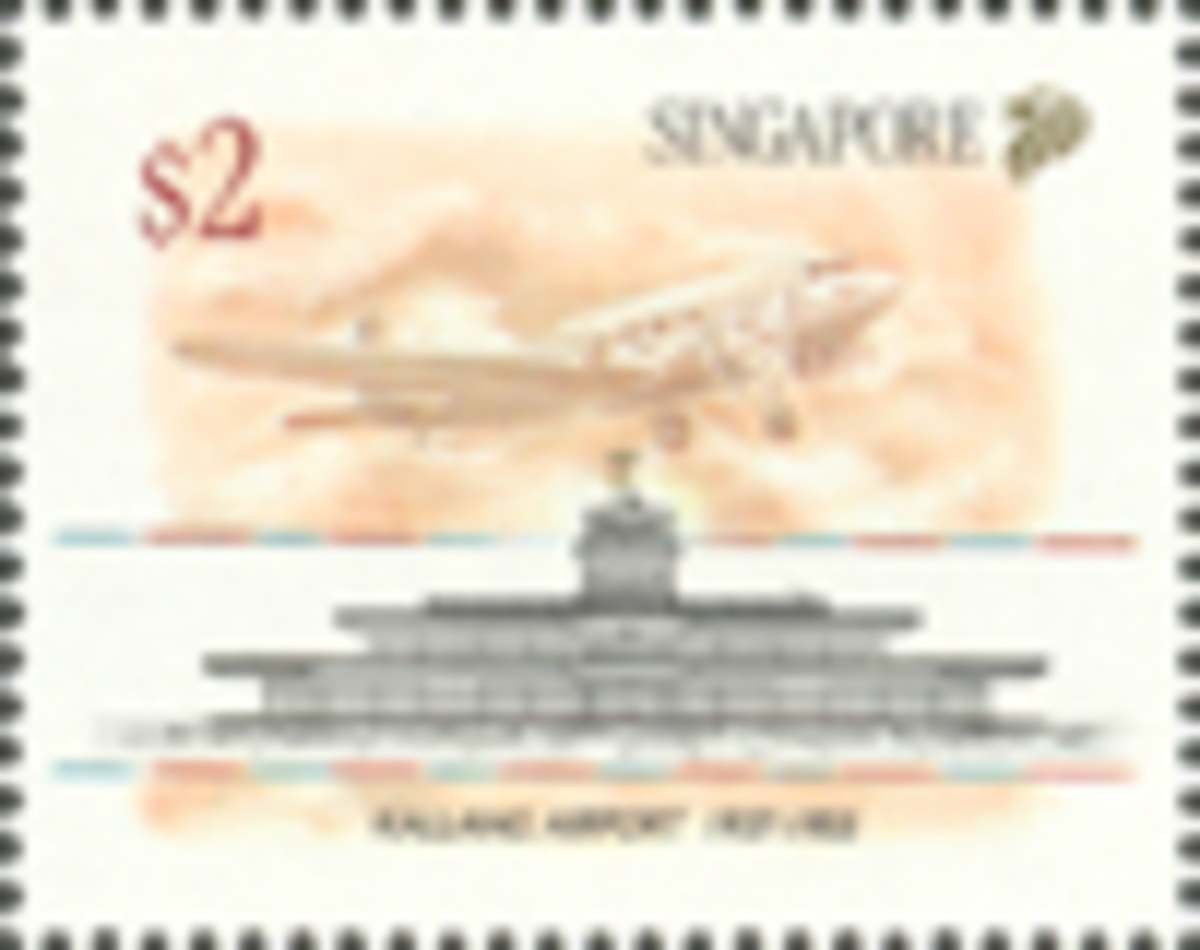Malaysian artist Yee I-Lann (b. 1971, Kota Kinabalu) is based in Kota Kinabalu and Kuala Lumpur. In 1992 she graduated in visual arts from the University of South Australia, Adelaide, and later studied painting at Central St Martins School of Arts in London. Her primarily photomedia-based practice speculates on issues of culture, power, and the role of historical memory in social experience, often with particular focus on themes and motifs that reference the indigenous cultures of her native Borneo; the visual vocabulary of her work is drawn from historical references, popular culture, archives and everyday objects. Yee has exhibited widely in museums in Malaysia, Asia and Australia, including two retrospective exhibitions: Fluid World, a 2011 survey of her major works at Adelaide’s Contemporary Art Centre of South Australia, and Yee I-Lann: 2005-2016 at the Ayala Museum in Manila, the Philippines. Selected biennials include the Yinchuan Biennale (2016); the Asia-Pacific Triennial of Contemporary Art (2015 and 1999); the Jakarta Biennale (2015); the Singapore Biennale (2006); and the Fukuoka Asian Art Triennale (2009). In 2013, she also served as a member of the curatorial team for the Singapore Biennale. She was recently featured in the major group exhibition, SUNSHOWER, Contemporary Art from Southeast Asia 1980s to Now, jointly taking place at the Mori Art Museum and National Art Center in Tokyo, Japan.The broader Orang Besar series is comprised of several thematically-related works and bodies of works: Fluid World; the Kain Panjang series; Empires of Privateers and Their Glorious Ventures; the YB series; The Great Game of Congkak; the triptych, A Rousing Account of Migration in the Language of the Sea. The inspiration for the series was triggered by the artist’s discovery of Bugis maritime maps in the British Library in 2006. It deals with the political and cultural history and context of Southeast Asia’s Nusantara, exploring the construction and dynamics of power both in the broader context of geopolitics, and the notion of the individual and its role in the body politic. “Orang Besar” (lit. “Big Person”) is a common term throughout the Southeast Asian archipelago dating back centuries, denoting a person of elite socio-political-economic standing in a community, a “man of prowess”. The term is interchangeable with “Orang Kaya” (lit. “Rich Person”). Traditionally, the wealth and influence of a man was measured not by how much land he owned, nor by the quantity of livestock or ships he possessed, but by the number of persons dependent upon him. The control of people and access to labour was considered to be the source of power, thus measure of wealth and influence. The temperament of these Orang Besar structures, the body politic, continues to the present despite colonial influence that has been absorbed into classical forms of rule and control. The vertical bondage between persons, notions of obligation and patronage, critical to classical power structures, remains. The Orang Besar were themselves often under obligation or indebted to a higher power within this structure whom they had to pay tribute to. A regional Sultan would grant favour to them in return for continued patronage, a percentage of the takings and their loyalty. The poor or the weak found security and opportunity in being bonded to an Orang Besar who could protect them and would in turn be obligated to their needs. Yee worked with the batik medium for the first time with several bodies of work for the Orang Besar series, combining the use of digital photomedia with traditional batik techniques in collaboration with Malaysian batik makers. The connotations of batik as a Southeast Asian textile tradition and as a women’s craft, and the poetic resonance of its “dye-and-resist” process, are integral to its use within this particular body of work, which addresses masculine power politics in a regional context. As she observes: “The Orang Besar Series makes tribute to the textile arts and industries of the region as a shared link between cultures, economies and means of expression. The story of the Orang Besar has very masculine overtures but I hope to temper this by using as its base batiked cloth, traditionally an object of female commentary.” The works also pay tribute to the role of batik in art-making in Malaysia, where batik paintings played a major role in representing modern Malaysian art in the nation-building years of the 1950s and 60s. Fluid World sets a geopolitical context for the Orang Besar series but also encapsulates important underlying concepts within Yee I-Lann’s practice, approaching Southeast Asia as a site of shifting borders and identities, political struggle and the sharing and exchange of culture and knowledge, networked with the rest of the world through maritime commerce. In the piece, the focus closes in on a Google-map satellite image of Southeast Asia, mapping its seas as corridors to the landmass, covering the historical maritime reach of local indigenous seafarers—a pretransnational, borderless geography. Batik crackle in indigo dye spreads across the silk surface, expressing connectivity, volatility and resistance. The work pays tribute to the maritime Malay world that once existed under transoceanic networks of power and patronage headed by the Orang Besar and his counterparts, a realm of maritime empires, piracy and precolonial resistance. Yee first obtained images, of the seas of the Southeast Asian region, online from Google Earth. These images were put together like a jigsaw puzzle and combined into a single image using Photoshop. This image was printed on Chinese silk. She worked with a local textile artist (Eddie Yap) on the work: the silk panel was first stretched, with molten beeswax applied all over one side of the fabric. The panel was airdried, and lowered into a tub of ice water, with cracks emerging in the layer of wax as a result. It was then taken out and put in a vat of indigo dye, with the dye staining areas where cracks had appeared (alluding to ideas of resistance and influence). The panel was finally boiled to remove the wax; the finished product was the result of eight previous attempts that ended in failure. Fluid World has enjoyed a long history of exhibition: it was first shown as part of the Orang Besar series in Yee I-Lann: Boogeyman (Kuala Lumpur, 2010), with further displays in Yee I-Lann: Fluid World (Taipei and Adelaide, 2011), Art of Memory: Contemporary Textile Expressions (Bangkok, 2013), Yee I-Lann: 2005 – 2016 (Manila, 2016) and SUNSHOWER: Contemporary Art From Southeast Asia 1980s to Now (Tokyo, 2017). The tripartite Kain Panjang body of works is the central element of The Orang Besar series. Adopting the design of the traditional kain panjang, with its kepala (head) and badan (body), it explores natural and human metaphors of the body politic, and the cultures of patronage related to the figure of the Orang Besar. It is this essentially reciprocal relationship that the Kain Panjang series describes–peoples holding up Orang Besar, people demanding to be fed, Orang Besar holding up people. The kain panjang is traditionally worn by the elite/Orang Besar—tightly worn around the body, unlike the shorter sarong worn by the working class loosely to allow for less restricted physical movement when laboring in the field, on the coast, etc. The process of making these batik works involved complex choreographed shoots to capture the human formations, as well as finding and photographing the specific plants for the kepala. The manipulated photographic images where then printed on the silks, after which the fabrics underwent the process of batik canting, the crackle effect and dye colours integrating into the backdrop of the images. The iconography of these works also includes images of flora native to Borneo and the Malaysian peninsula: - The parasitic plant in Kain Panjang with Parasitic Kepala is the banyan tree, known as a parasitic or "strangling” tree because it will usually germinate on a host tree, growing through and around the host and using its structure for support as it grows. A banyan tree drops aerial roots from its branches down into the soil and this extensive root system will eventually engulf the host tree, oftentimes killing it. Here, it is matched by images of towers of people supporting the orang besar/centre of power and patronage (represented by an umbrella); however, that relationship is parasitic. - The carnivorous plant in Kain Panjang with Carnivorous Kepala is the pitcher plant, which, as is well known, entraps living prey. Here, it is matched with images of people waiting to be fed; like the plant, they await nourishment and consumables with their mouths open. They are devoid of agency, reduced to passive consumers reliant on the hand that feeds. - The petulant plant in Kain Panjang with Petulant Kepala is the mimosa. The mimosa is a shy creature, the fronds of its leaves closing up when touched. Here, the analogy is with the common man, crowds of which are shown to be balancing on the single orang besar, from whom they demand support and patronage (people depicted falling off are those who failed to get what they desired). Like Fluid World, the Kain Panjang series has been exhibited extensively: first shown as part of the Orang Besar series in Yee I-Lann: Boogeyman (Kuala Lumpur, 2010), Yee I-Lann: Fluid World (Taipei and Adelaide, 2011), Medi(t)ation: Asian Art Triennale (Taichung, 2011), Inner Voices (Kanazawa, 2011), Daegu Photo Biennale: Origins, Memories & Parodies (2014) and Love Me in My Batik: Modern Batik Art From Malaysia and Beyond (Kuala Lumpur, 2016).















